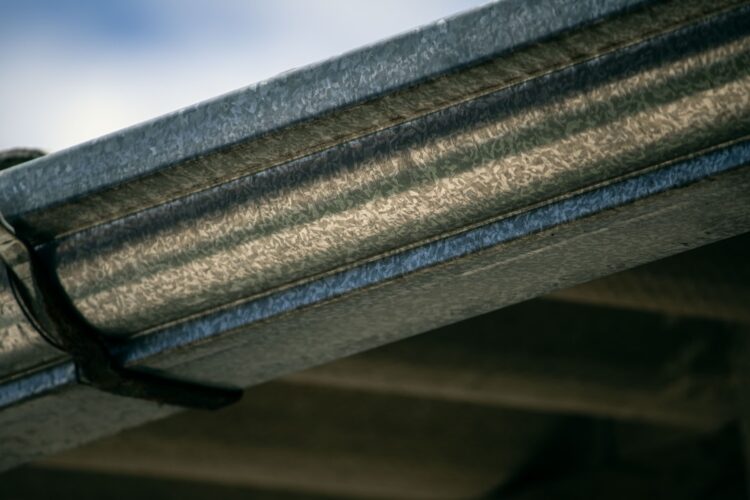Tips for Proper Installation and Maintenance of Heat Resistant Hoses
Heat resistant hoses play a vital role in various industries, where they are used to safely transport hot substances such as steam, hot water, and gases. These hoses, commonly known as “abgasschlauch hitzebeständig” in German, are designed to withstand extreme temperature conditions and provide reliable performance. To ensure their proper installation and maintenance, here are a few essential tips to follow:
1. Choose the Right Hose: When selecting a heat resistant hose, consider the specific requirements of your application. Look for hoses that are designed to handle the maximum temperature and pressure of the substances they will be carrying. Additionally, check for certifications and compliance with industry standards to ensure quality and safety.
2. Handle with Care: Heat resistant hoses are built to withstand high temperatures, but that does not mean they are indestructible. Always handle these hoses with care to avoid unnecessary damage. Be cautious of sharp edges, abrasions, and excessive bending or twisting during installation or maintenance.
3. Proper Storage: Proper storage is crucial for ensuring the longevity of heat resistant hoses. Keep them away from direct sunlight, extreme temperatures, and chemicals that could degrade the hose material. Ideally, store them indoors in a clean, dry area, free from any potential impact or physical damage.
4. Correct Installation: Follow the manufacturer’s instructions for the correct installation of heat resistant hoses. Ensure that the connections are tight and secure, and that they are compatible with the substances and temperatures they will be exposed to. Using incorrect fittings or not tightening connections properly can lead to leaks or hose failure.
5. Regular Inspection: Regularly inspect heat resistant hoses to identify any signs of wear, damage, or leakage. Look for cracks, bulges, or degradation of the hose material. Address any issues promptly, and replace damaged hoses to prevent accidents or system failures.
6. Cleaning and Maintenance: Heat resistant hoses may require regular cleaning and maintenance to remove any residues or accumulated dirt. Follow the manufacturer’s guidelines for the recommended cleaning methods and avoid using harsh chemicals or abrasive materials that could damage the hose.
7. Periodic Testing: Periodically test the integrity and performance of heat resistant hoses. Pressure testing can help identify any weaknesses or leaks in the hose’s structure. Consult with professionals or follow regulations and standards specific to your industry to determine the appropriate testing intervals.
8. Training and Awareness: Ensure that personnel responsible for installing or maintaining heat resistant hoses receive proper training and are aware of the specific requirements and safety procedures. This will help minimize the risk of accidents, ensure correct handling, and extend the lifespan of the hoses.
In summary, proper installation and maintenance are crucial for the performance and longevity of heat resistant hoses. By following these tips and staying informed about industry standards, you can ensure the safe and efficient operation of these critical components in your industrial processes. Remember, proactive care and regular inspections are the keys to maintaining the reliability and durability of heat resistant hoses.
************
Want to get more details?
TAL Systemtechnik GmbH
https://www.tal-systemtechnik.de/
+49 7731 68405
Byk-Gulden-Straße 36, 78224 Singen
TAL Systemtechnik GmbH – Wir produzieren und liefern Ihnen konfektionierte Dämmstoffe nach Maß, Akustische Dämmung zur Schallisolierung, den TL flexibler Abgasschlauch hitzebeständig und diverse Schallschutzvorhänge für die Industrie.












